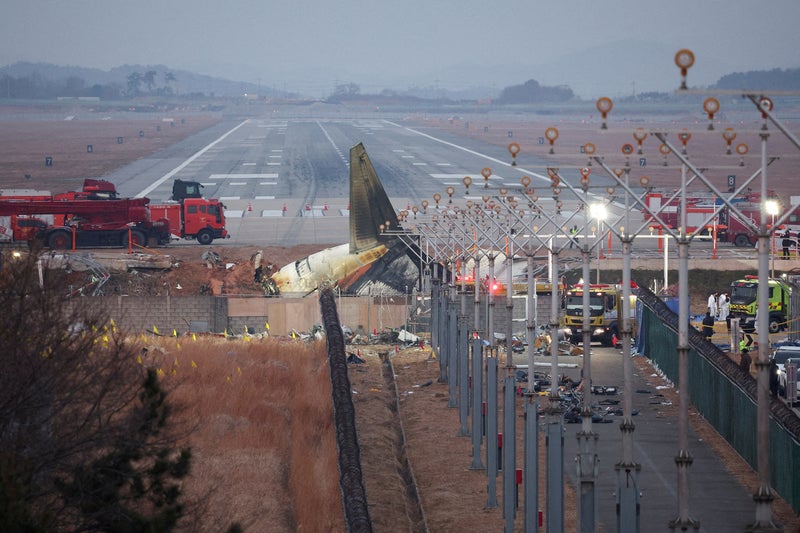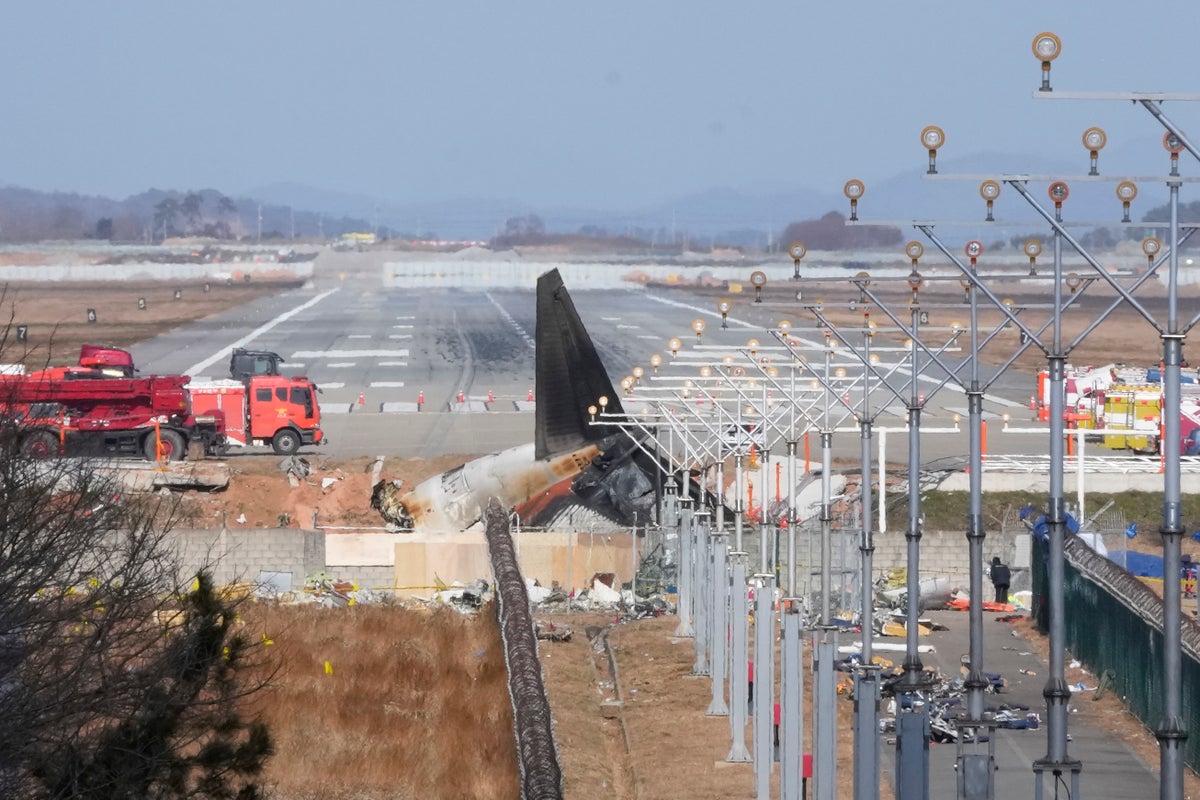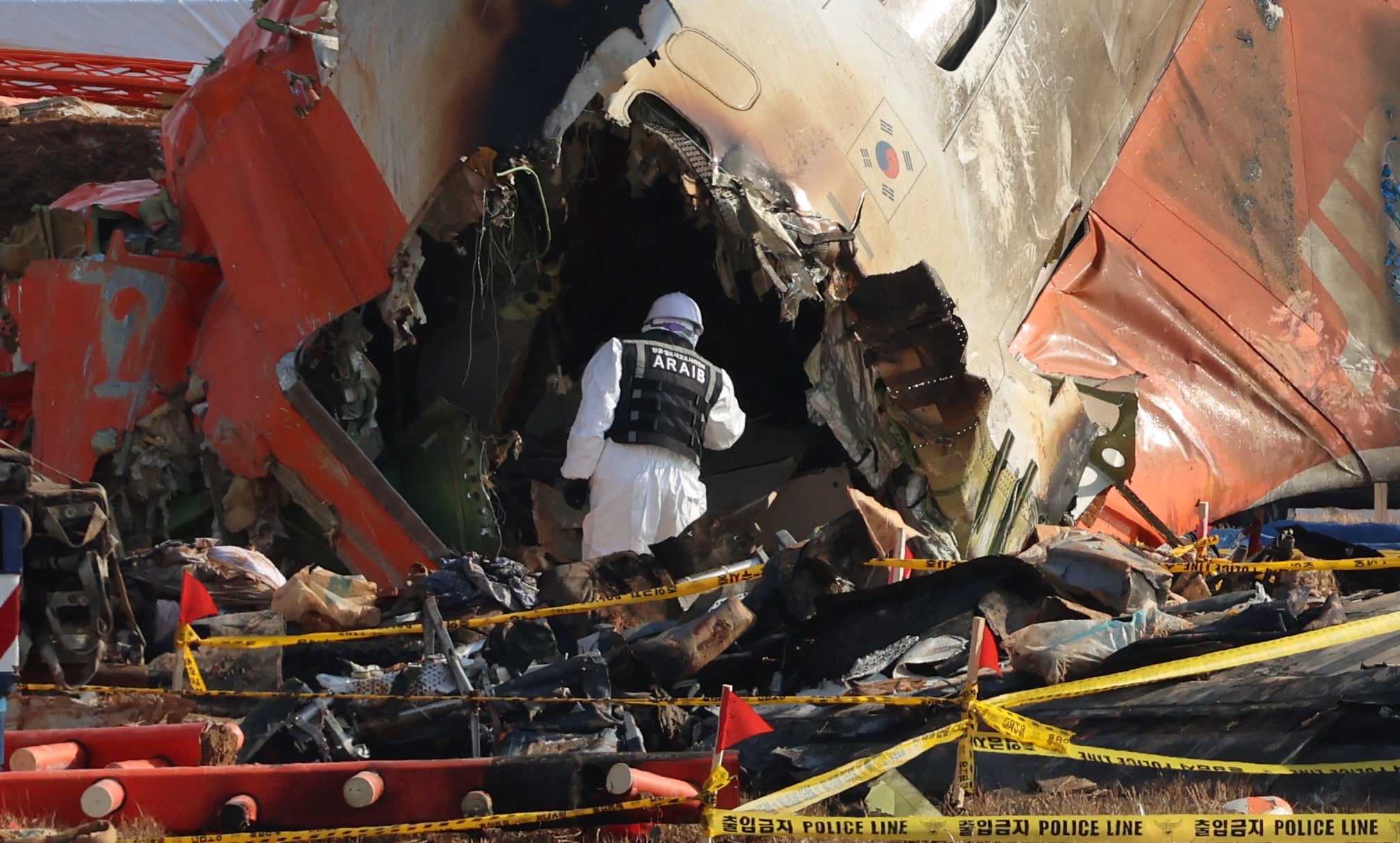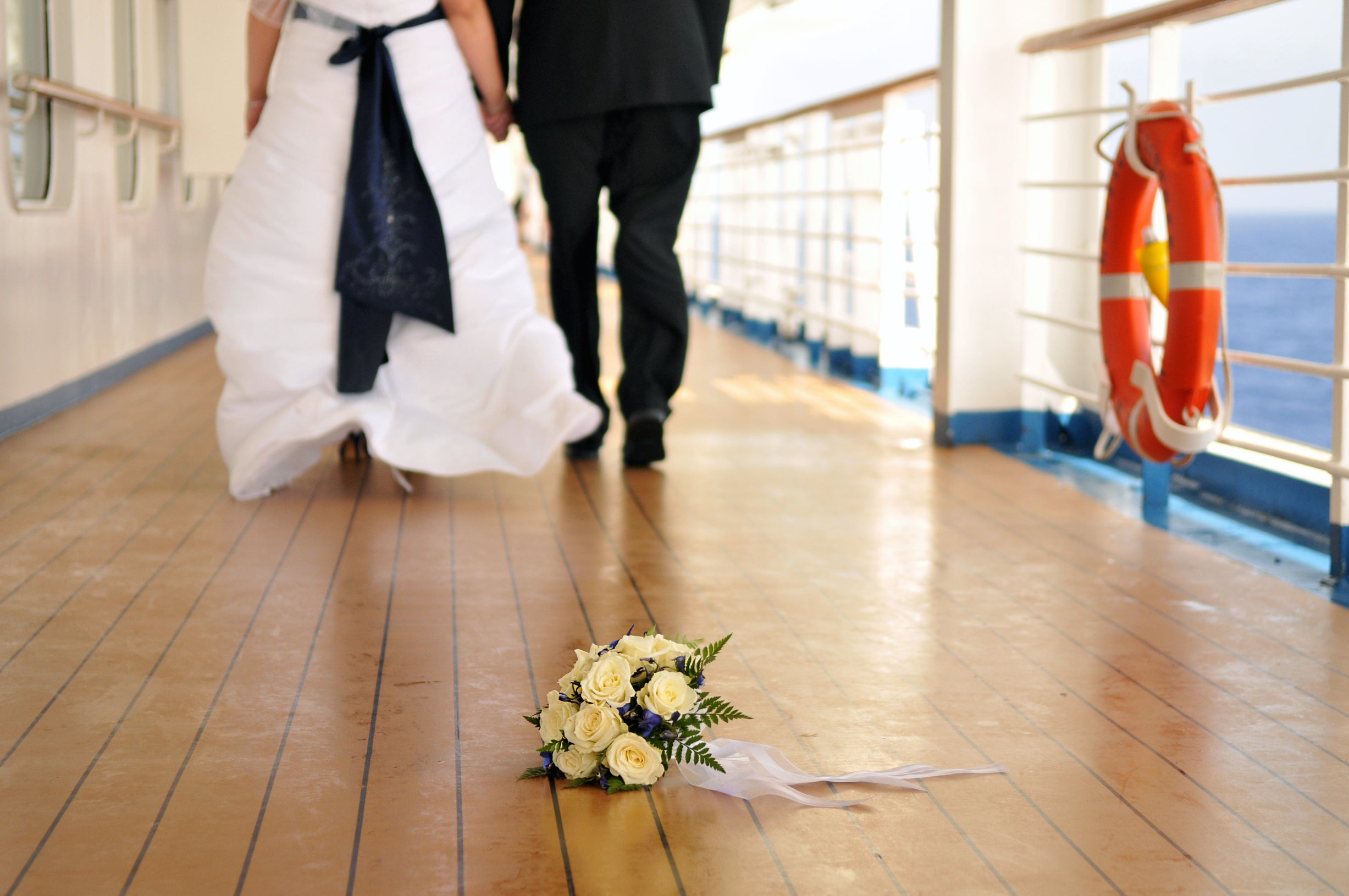Crash at Muan airport on 29 December killed 179 people. South Korea confirmed that bird strikes played a role in last month’s fatal crash of a Jeju Air plane, although the precise cause remained under investigation. A preliminary investigation report released on Monday revealed that feathers and blood stains from birds were found in both engines of the Boeing 737-800 which crashed on 29 December, killing 179 of the 181 passengers and crew members onboard.
A DNA analysis identified the bird remains as those of Baikal Teals, a migratory duck species, the report said. It didn’t offer any conclusions about what might have caused the plane to land without its landing gear deployed or why the flight data recorders stopped working in the final four minutes.
The flight from Bangkok overshot the Muan international airport’s runway as it made an emergency belly landing and crashed into an embankment containing navigation equipment, called a localiser system. “After the crash into the embankment, fire and a partial explosion occurred. Both engines were buried in the embankment’s soil mound, and the fore fuselage scattered up to 30-200 meters from the embankment,” the report noted.
The localiser system, installed to assist jets in approaching the runway, was housed in a reinforced concrete and earth structure at the Muan airport. Aviation safety experts said after the accident that the design likely exacerbated the impact of the crash.






















